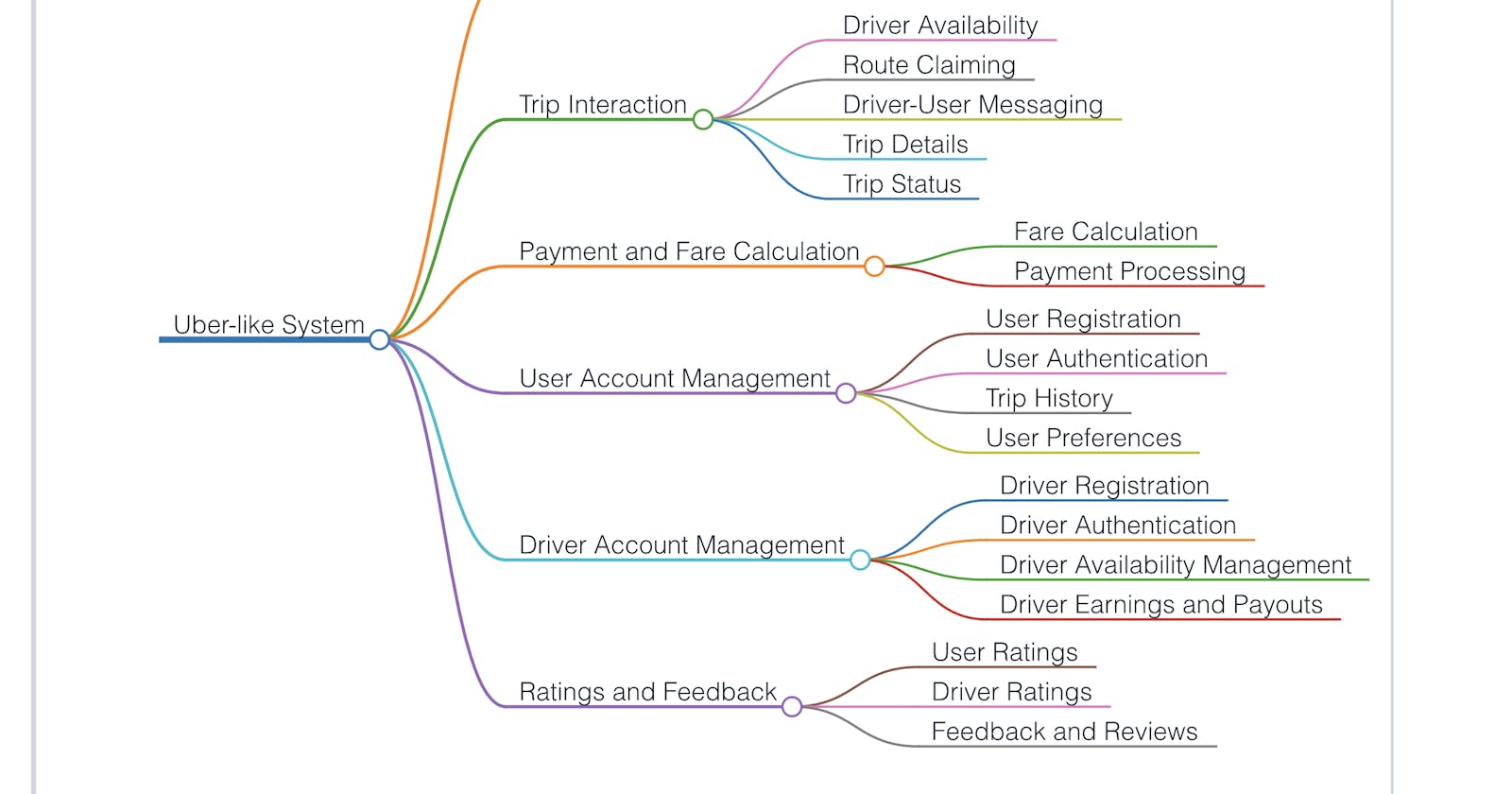Check this out.
You have your notes and a great idea for a game-changing app that will disrupt your chosen industry.
You find yourself a 10x developer.
Of course, you are excited to get started on the creation of your app.
But, simply passing along fragments of paper, and emails brimming with a laundry list of features to your 10x developer is not enough.
Which brings up an important point:
Working with a software developer requires strategy.
Hoping for your developer to produce a fully functional app with your required feature set is akin to expecting a miracle.
The truth is this.
Adopting a questioning mindset and keeping well-organized notes is a valuable approach.
You're on the right track. Because.
Transforming your notes into a mindmap is the key to your product development process.
A mind map serves as a powerful tool to organize information, prioritize features, and mitigate the risks of scope creep.
What's so important about mindmaps?
Ultimately, it guarantees the creation of a software product tailored precisely to your requirements.
How does having a mindmap affect your developer's performance?
A mindmap provides a blueprint for the developer to work off and reference when creating your application.
The absence of guesswork for the developer results in your developer being optimal and efficient.
What does all this mean for you? You don't empty your wallet.
It all boils down to the question-and-answer session.
The key is to arrange your notes with crystal clarity.
Filtering and honing the list of features: retaining only the most essential ones, is of utmost importance.
By generously sharing your profound understanding of your business product.
Actively involving the developer in discussions. You create an environment ripe for idea cultivation that can lead to profitable features.
Remember this for later.
In this case scenario, I'll tell you exactly how to conduct a QA session with your stakeholders.
Now paying attention to this part is important.
Consider this scenario, your product is a car share app.
From the answers to your QA sessions with stakeholders.
1) What is the objective or action you want the user to be able to do?
The objective or action the user should be able to do is to request a ride using an Uber-like system.
- Who is the individual that you want to be able to do this?
The individual who wants to be able to do this is the user, who needs a reliable and convenient transportation service.
- What else does this user need to be able to do?
In addition to requesting a ride, the user needs to be able to specify their pickup location and destination, choose a vehicle type (if available), and optionally provide any additional instructions or preferences for the driver.
- Is there another party (or other parties) involved in this process?
Yes, there are other parties involved in this process. The primary parties are the driver who will fulfill the ride request and the Uber-like system, which acts as a platform connecting the users with the drivers.
- What do they need to be able to do?
The driver needs to be able to receive ride requests, view the user's pickup location and destination, and navigate to the user's location for pickup. The Uber-like system also needs to manage the driver's availability, assign rides to drivers, and handle payment transactions.
- What should happen after someone does that action?
After someone requests a ride, the Uber-like system should search for available drivers in the vicinity.
The nearest driver to the user's request. Provide the user with an estimated time of arrival, and display the driver's details (name, photo, vehicle information) to the user.
Once the driver arrives at the pickup location, the user should be notified, and they can proceed with the ride.
Payment is usually handled automatically through the Uber-like system, with options for cashless transactions, and the user can rate and provide feedback on the driver and overall experience after the ride is completed.
We can now write a breakdown of the features of the car share system.
1. Set a Route:
- Route Selection
- Location Services
2. Trip Interaction:
- Driver Availability
- Route Claiming
- Driver-User Messaging
- Trip Details
- Trip Status
3. Payment and Fare Calculation:
- Fare Calculation
- Payment Processing
4. User Account Management:
- User Registration
- User Authentication
- Trip History
- User Preferences
5. Driver Account Management:
- Driver Registration
- Driver Authentication
- Driver Availability Management
- Driver Earnings and Payouts
6. Ratings and Feedback:
- User Ratings
- Driver Ratings
- Feedback and Reviews
Knowing all that, when it comes to setting the features, there isn't a rigid or predefined method.
If you're uncertain about how to classify something, you can simply categorize it as an additional feature.
Remember, these are high-level features/modules of the car share app.
The objective of this stage is to organize the features.
Which begs the question, why are features so important?
The features of your app are the backbone of your app's functionality.
Your features dictate if you stay on budget, avoid scope creep, and ensure customer satisfaction.
We can now take these features and create a mindmap.
During discussions with the developer, you'll have the opportunity to clarify and refine the specifics of your feature set.
Creating a mind map is a great way to visually organize your thoughts and ideas.
It's a useful tool for brainstorming, planning, and organizing your notes.
Markmap is a free web tool that uses markdown for visualizing hierarchical structures, such as mind maps.
So don't gamble with uncertainty.
Be proactive, and ensure that you and your developer are in sync at every turn.

